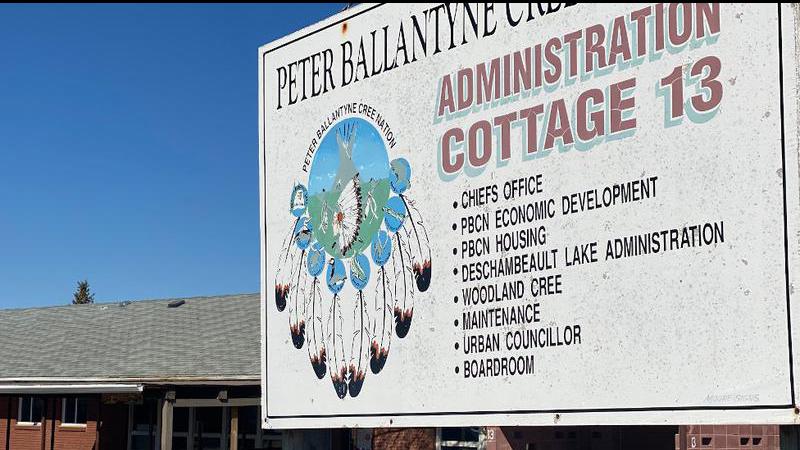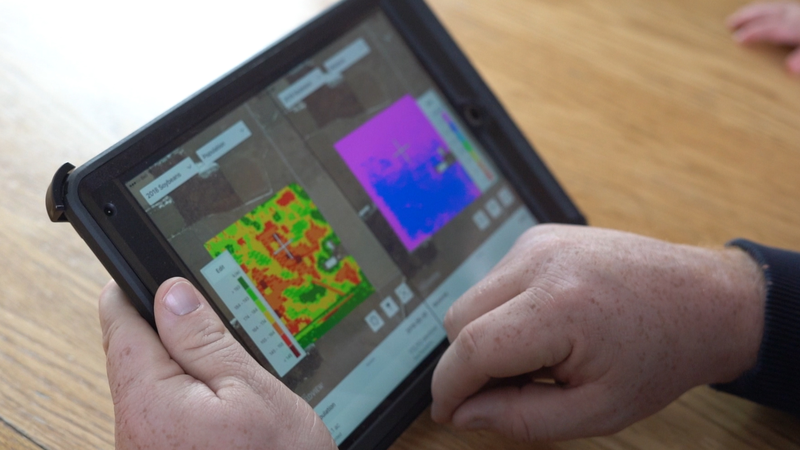
After decades of cheap rent, some Montreal artists being priced out of their studios
MONTREAL — Over the past 32 years, painter Frances Foster has seen the view from her studio window shift from old railway yards and rundown factories to trendy businesses, new residents and high-end cars.
Inside, however, feels empty. Foster was once one of more than a dozen artists working in the former industrial building. Today, she’s one of two left, after narrowly surviving an eviction attempt that led to all the others leaving over the past three years.
The owners dropped their case to evict her last year “because they had achieved their goal of evicting the majority of the artists, some of whom had been living in the building for 20-plus years,” she said.
Montreal, which was named a UNESCO city of design in 2006, has long been known as a haven for artists, thanks to its vibrant culture scene and rock-bottom rents. But as rents rise and former industrial neighbourhoods are redeveloped, some artists are being priced out or evicted as the community searches for creative solutions.


